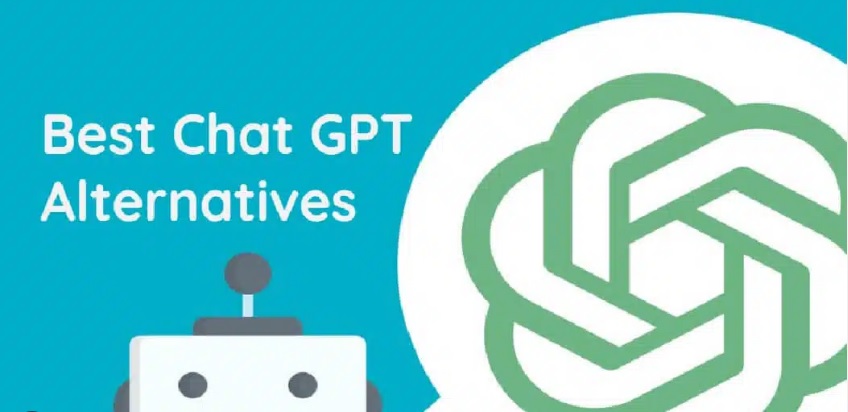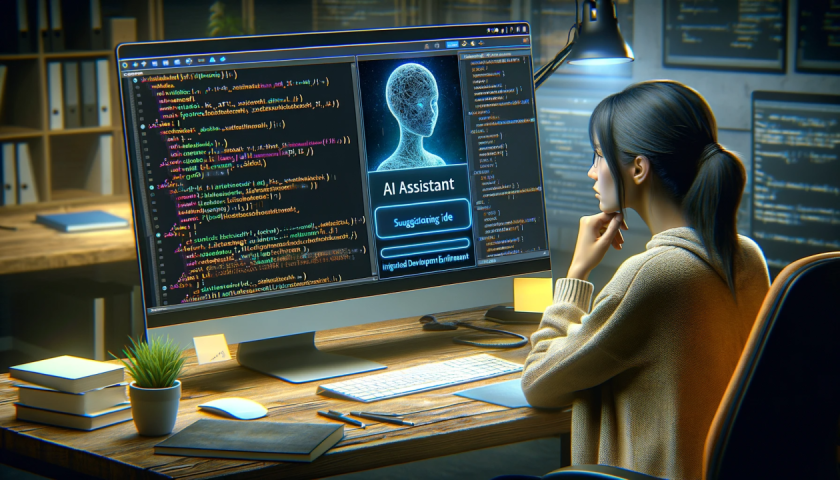Exploring Top Alternatives to ChatGPT
By: Javid Amin
Since its unveiling in November 2022, OpenAI’s ChatGPT has stirred substantial intrigue and excitement within the artificial intelligence domain. Renowned for its prowess in generative AI chatbot technology, ChatGPT, armed with its Generative Pre-Trained Transformer (GPT) model, stands as a versatile solution across various applications. However, the intricacies of specific use cases or the demand for nuanced capabilities often prompt the exploration of alternatives. In this comprehensive guide, we delve into the top five replacements for ChatGPT, each boasting unique features and functionalities.
1. Google Bard: Unleashing Next-Gen Language Capabilities
Google Bard emerges as a robust alternative, harnessing advanced Language Model for Dialogue Applications (LaMDA) technology. This AI chatbot excels in generating diverse responses based on prompts and user interactions. Context integration is Bard’s forte, allowing it to draft multiple versions of responses, ensuring dynamic and context-aware conversations. Users can prompt Bard to generate new responses, making it an excellent choice for creative collaborations such as code generation and photo captions.
2. Microsoft Copilot: A Multi-Talented Large Language Model
Also recognized as Bing Chatbot, Copilot stands as a large language model (LLM) developed by Microsoft. Integrated seamlessly into the Bing search engine and app, Copilot transcends conventional query responses. Its proficiency extends to generating text across various formats, including code, poems, scripts, musical pieces, and more. Beyond creative outputs, Copilot proves invaluable in practical tasks such as appointment bookings, travel arrangements, and online shopping.
3. ChatSonic: Overcoming ChatGPT Limitations
ChatSonic strategically addresses the observed limitations in ChatGPT. This conversational AI chatbot incorporates cutting-edge technologies, including GPT-4, Stable Diffusion, DALL-E, Natural Language Processing (NLP), and Machine Learning (ML). A noteworthy feature is its ability to include the latest Google data, providing users with up-to-date information. Customizable personality, enabled memory, and the capacity to sound more like a real person make ChatSonic a compelling alternative.
4. Ernie Bot: China’s Answer to ChatGPT
Baidu’s creation, Ernie (Enhanced Representation through Knowledge Integration), emerges as China’s response to ChatGPT. Propelled by Baidu’s in-house Large Language Model (LLM) Ernie 3.0-Titan and Pre-trained Dialogue Generation Model (PLATO), Ernie distinguishes itself with multi-modal capabilities. Seamlessly integrating texts and images in both prompts and responses, Ernie broadens the scope of interactions, catering to diverse user needs.
5. Character.AI: Conversing with Digital Personalities
Character.AI, a Palo Alto-based startup founded by former Google researchers, pioneers a novel approach to AI interaction. In contrast to conventional chatbots, this platform transforms conversations into open-ended dialogues with digital versions of famous personalities, be they real or fictional. Built on complex learning models, Character.AI crafts human-like text responses, engaging users in contextual conversations.
In conclusion, the landscape of AI evolves rapidly, propelling the quest for specialized capabilities and driving the exploration of alternatives to ChatGPT. Each alternative discussed in this guide brings distinctive strengths to the forefront, catering to diverse needs in the ever-evolving realm of artificial intelligence and chatbot technology.






